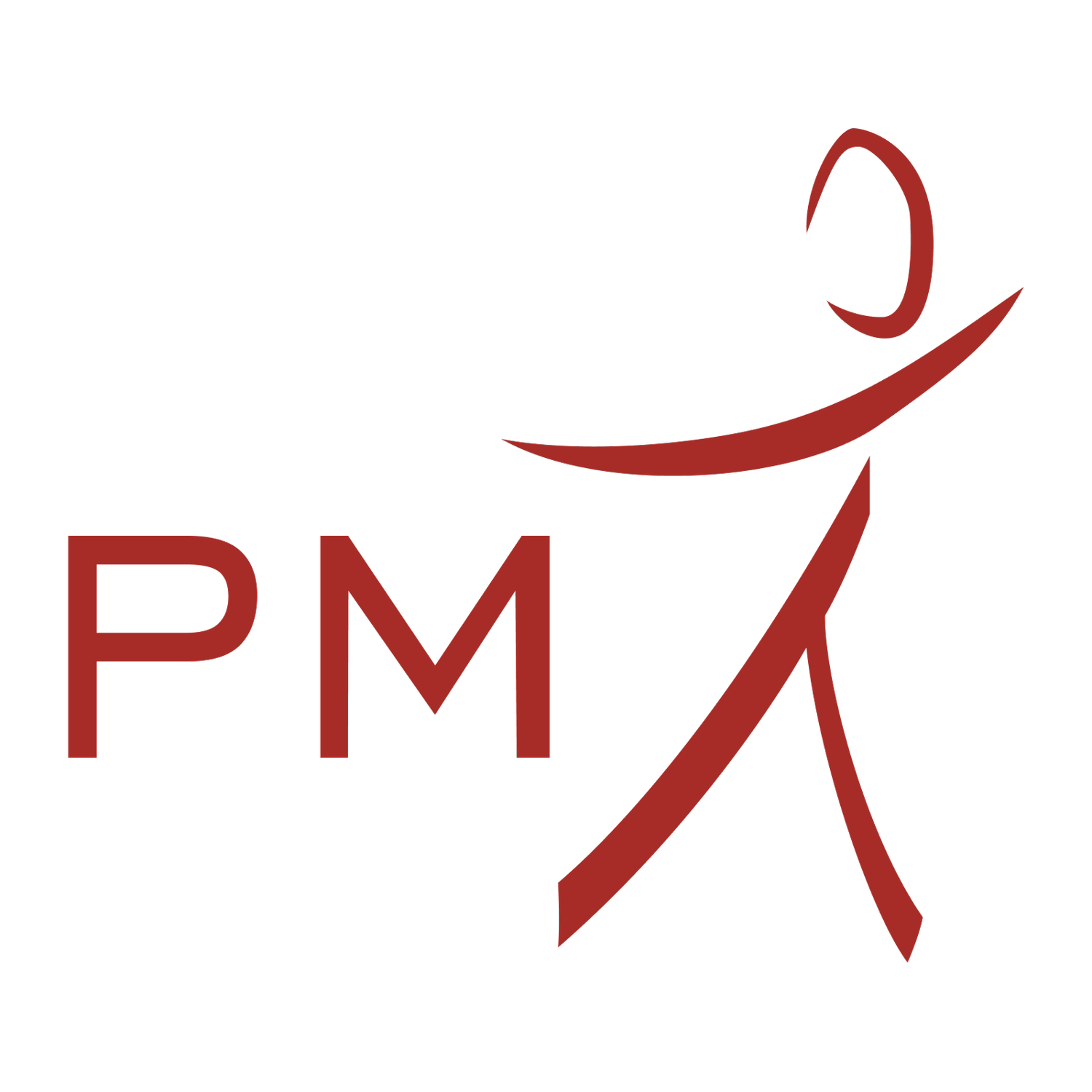Achilles Tendinopathy
The Achilles Tendon
Tightness and pain at the back of the heel and lower calf is a common problem particularly amongst the sporting population. The causes are often multifactorial, but the latest evidence based research suggests particular treatment protocols are more effective than others.
What is a Tendon?
Tendons connect muscles to bones to assist movement
Due to its physiology, it acts to store and transmit energy to create movement and power
It is relatively inelastic and is susceptible to injury due to large forces that it must transmit e.g., the Achilles tendon can sustain up to ten times your body weight during running and jumping activities.
What are the Signs and Symptoms of an Achilles Tendinopathy?
Pain and tightness – in the achilles either at its’ attachment at the heel bone, or in the mid portion often with bands of thickening in the tendon
Early Pain – Pain is usually worse when the muscles and tendon are not warmed up e.g., arising from bed in the morning
Pain & tightness as activity increases – Depending on its severity, pain and tightness may lessen as you warm up, but if more serious, will gradually worsen again as activity increases. It will often be stiff and painful after activity or sport
Inflamation – In acute cases, the Achilles tendon will be inflamed and swelling may be present. In chronic cases, the tendon may be thickened.
What Are the Causes of Achilles Injuries?
Achilles tendinopathies are often multifactorial in cause, but definite features are asymmetrical and / or excessive loading on the tendon due to poor biomechanics in any region of the musculoskeletal system.
Non-optimal movement strategies anywhere in the body can cause compensatory movement patterns in the lower limbs placing excessive, and usually repetitive strain on the Achilles tendon.
Other factors that contribute to Achilles injuries are:
Any sport that requires repetitive motions placing high loads on the Achilles e.g., running
Excessive loading from increased training intensity or inappropriate exercise regimes
Insufficient rest periods between training sessions e.g., resistance training causes a normal degree of tendon damage that would undergo repair in 36-48 hours, but if similar training is performed again within this time repeatedly, it will lead to degenerative changes in the tendon
Tight calf muscles e.g., from inappropriate footwear such as high heels
Poor biomechanics of the foot, ankle, knee, hip or pelvic girdle
Although tendons require load, too much or too little load e.g., plaster cast of the ankle will create tendon pathology
Insufficient core trunk and global muscle strength leading to overuse of lower limb muscles
Bone spurs that cause friction to the tendon
Advancing age reduces the tensile strength of tendons making them susceptible to injury.
How Can Physiotherapy Help?
Healing and recovery times for Achilles problems vary largely depending on the cause and the severity of tissue damage. However, if the primary cause is diagnosed and addressed quickly, then the body’s natural healing processes will occur and you will have significant improvement within days, but full tissue healing usually takes six weeks or more.




